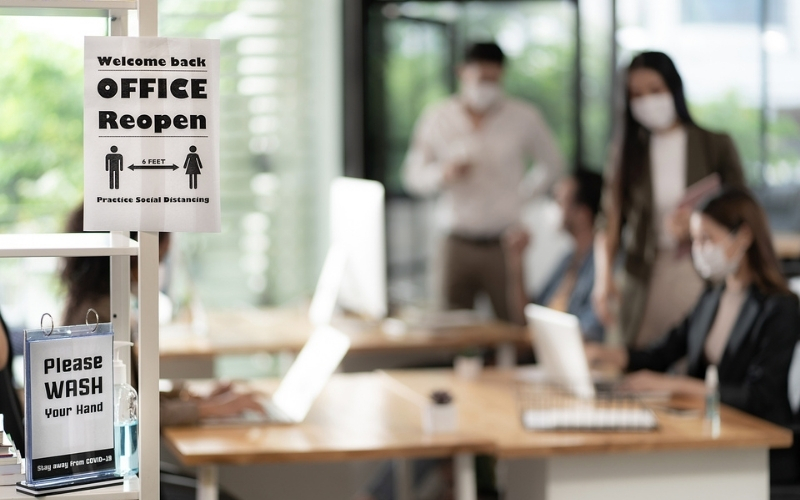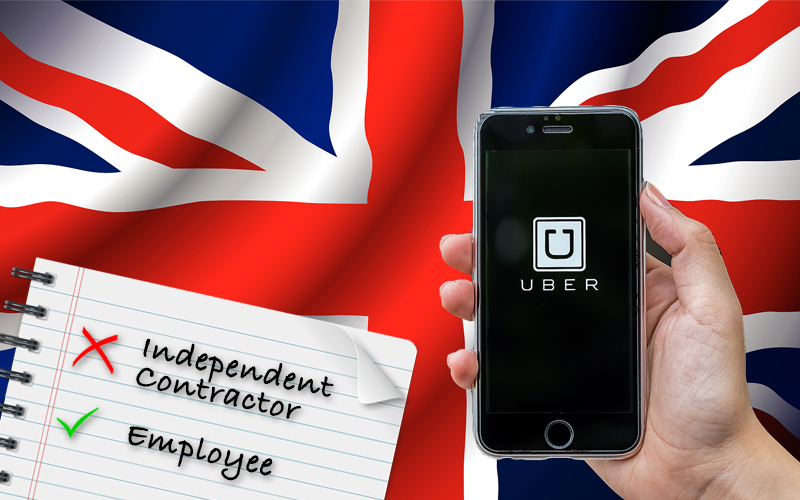Business

Over the past 18 months, there has been a fundamental shift in the understanding of how work can get done. Companies that previously thought remote strategies would never work for their business or that workers would not be as productive were proven wrong as they shifted their workforces remotely due to the COVID-19 pandemic. Now…
Read the full story
After the COVID-19 pandemic forced many businesses either to close their doors permanently or wait out the storm, the economy is roaring back to life. Unfortunately, many companies are having trouble filling critical positions as the number of job openings rises and more people quit their current roles. I’m sure you’ve seen plenty of “now hiring” signs…
Read the full story
Companies have specific priorities to help them create traction and build better businesses. They make sure their finances are going well, remain competitive, and engage employees for optimal productivity. However, during 2020, unprecedented shifts happened. The pandemic and quarantine greatly impacted how organizations operated. Chiefly, among those impacts, were shifts in workplace wellness programs. Companies…
Read the full story
As a result of the pandemic, many businesses are realizing that they can hire teams that work from anywhere and still get the job done. This is a game-changer, as it greatly expands the talent pool when companies need to fill core positions with candidates who have specialized skill sets. Understanding the costs associated with…
Read the full story
COVID-19 was a catalyst for workplace transformation and the changing nature of how we work. It impacted employers and HR professionals across the world, creating new challenges and opportunities around innovative global workforce solutions. Almost overnight, the talent pool for skilled positions expanded across the globe as physical work sites closed and nearly everyone started working…
Read the full story
The speed and scale of the COVID-19 pandemic forced companies to act quickly and decisively. In a matter of days or weeks, cross-functional teams from HR to IT and facilities made a massive shift to remote work possible. They put plans and policies in place, built communication and collaboration networks, and ensured that workflows remained…
Read the full story
In 2020, COVID-19 adversely affected the number of internships available to students and new entrants to the workforce. Although some organizations — especially larger ones — were able to pivot their internship programs online, others were not as fortunate. In fact, 22% of internship offers were revoked last spring due to the pandemic. That’s why…
Read the full story
While we’re all hopeful that the pandemic will soon be behind us, it’s increasingly clear that remote work is here to stay. Research from Willis Towers Watson suggests that employers expect almost 40% of their employees to work remotely by the end of this year, and Robert Half found that more than one-third of professionals would sooner find another…
Read the full story
The U.K. Supreme Court shook up the gig economy when it ruled that Uber must classify drivers as workers rather than independent contractors. U.K. judges classified drivers as workers after considering the reality of how drivers interacted with Uber, which is in conflict with the Uber contract drivers sign. The language in Uber contracts explicitly…
Read the full story
With the inauguration of President Joe Biden and Vice President Kamala Harris, companies and contingent workers are looking to understand their new proposals for federal workplace laws. The Biden-Harris campaign advocated for strengthening regulations around the gig economy and employee classification laws. What this means for companies and workers as we move forward into 2021 is still…
Read the full story


